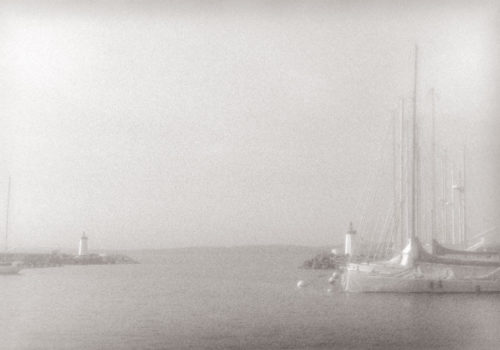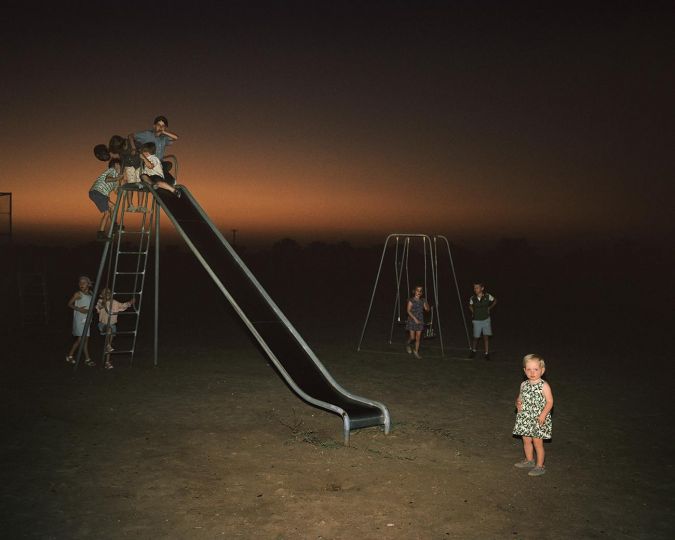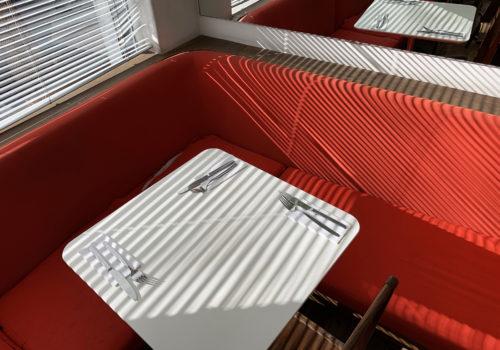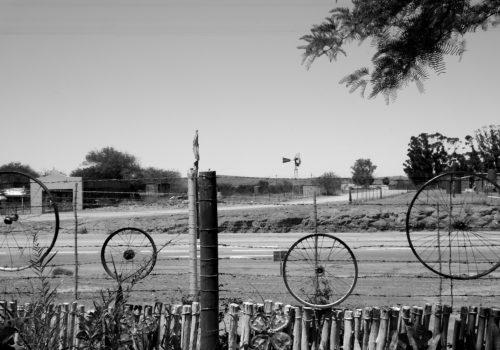We hit the road with Bernard Plossu for a journey along the coast, the seas, the oceans… Le jardin du large are these seashores, these soft and jagged coasts populated by the faintest of human silhouettes. The horizons are filled with yachts, ships and liners, the outlines of “floating islands,” Mediterranean and Scottish landscapes. What is striking is the horizon, the sea floor, the sky, the distance. These photographs of the sea draw us in, take us farther out than our imaginations ever could. Le jardin du large is a selection of 42 photographs laid out on the page like paintings, most never-before-seen, along with an essay by Jean-Louis Fabiana, Plossu’s longtime travel and writing partner.
Arnaud Bizalion, Publisher
Palpable calm, quiet roof, visible reticence: the sea, as Paul Valéry sees it from the graveyard by the sea is related to eternity. It is not on our scale, neither in space nor in time. Forever re-starting, the sea is the image of cyclical return and timelessness. No origin can be attributed to it and no destination, for it is the very place of origin and the obscure representation of our destiny. It’s also that which cannot be measured, which surpasses us, engulfs us, and point inexorably to the limits of our technological control. Unlike many of those who came before us, we now know what lies beyond the horizon, but we are no closer to knowing what the sea holds in store for us. we’re equipped with sonars and satellites, we move from buoy to buoy according to a precisely measured choreography, but we are not free from the perils of the sea. The grotesque wreck of Costa Concordia, which a captain of comedy crashed into Giglio Island in the heart of the Tuscan Archipelago one fine winter evening, and the monument on the long boulevard leading to the port from the old city walls of Tallinn, raised in memory of the 852 lives lost when the Estonia ferry sank in 1994, are reminders that a cruise can stop being fun at any moment. Since the mid- eighteenth century, humankind has striven to conquer what historian Alain Corbin calls “the territory of the void,” this immense expanse onto which all shores open, this vantage point onto excess and nature unleashed. Rather than the high seas, Bernard Plossu’s focus here is the verge that comes from the meeting of land and sea. How do we fill the territory of the void? How do we humanize it without taming it fully? The seaside view of the world is the product of a twofold desire to provide ourselves with safe access to the sea – to be gradually covered with on-duty lifeguards, beach huts, umbrellas, and sand castles – while retaining the capacity to be affected by its tempers and its wrath. The sea, to us, is firstly a view of the sea, as it is repeatedly presented in real estate catalogues: the construction of a seaside space has turned us into sea viewers. To see the sea, without being swallowed up by it – this in sum is the seaside enterprise. It is an aesthetic and social aspiration that embodies modernity’s utopian desire: to put the sublime within everyone’s reach.
There is nothing spectacular about Bernard Plossu’s sea. Instead of showing its excesses and its outbursts, the sea he photographs is generally calm, almost familiar, like the one that we see a mother leaving with her children, a straw bag slung over her arm. The intensity of small things is caught remarkably well: the sea is the privileged theatre of these furtive moments that may not seem to have great value at the time, but whose memory is invaluable. But the photograph that opens the book is not a holiday postcard: it is a meditation on the interstitial space that the shore constitutes, a mineral concentrate reinforced by the cubist signal of the building in the background. what we call the sea, when we talk about “going down to the sea” is the shore, those things seem to get impoverished and dry out. The sea, which we approach barely dressed, is also very bare. we have here a fossil world of sorts that reminds us that Plossu once put out a book of pictures of a geological reserve titled Souvenir de la mer, or“Memory of the Sea.” And indeed what characterises the sea is that it retreats,
leaving bare, in uncanny nudity, the ambivalent spaces of the foreshore, also technically referred to as the intertidal zone. Although Plossu never makes a spectacle of the sea – that would be too easy and utterly alien to his long-distance approach – he doesn’t hide the fact that things could go awry at any moment. Threatening skies, powerful turbulence, plumes of salt water, very long gathered lines that slash across the surface of the water relentlessly remind us that the “palpable calm” that Valéry speaks of is utterly deceptive. The sea can always be conceived as a play on scales, with humans as but tiny points in space. Even his group photos speak of human frailty against the sea. As we’ve said, the sea retreats. But it also rises and coastlands are the most compromised by climate change – a fact that only adds to the disquiet we may feel when we go there. This collection of photographs is the inventory of imbalances. It is the meticulous recension of the pleasure we take in throwing infinitesimal challenges at the immense marine expanse, embodied to the highest degree by the surfer reduced to a tiny figurine. Of course, human beings have worked to make the seaside a liveable place. The beach hut has become a telling symbol of vacationing hedonism, where you can play at Friday or the wild life within car’s reach. It is the frail shelter that lets you to feel the sprays of pleasure and other affects of the sea, while eating in bathing suits. Plossu never hides the cars: here he shows them going to the very brink of sinking. Then there’s the pompous dining room décor that frames the sea with its stage curtains: let the show begin. The overly elaborate manor house on another photograph is a classic of seaside architecture, for here is a recreational place where architects can exercise their taste for citation and pastiche. Ships also take on an architectural dimension, as we see in the admirable photograph of a long deck where the “becoming building” of the ship is unquestionable. Nearly all of the photographs are structured around very long lines, the shore being the dividing line par excellence; and the bathers, the surfers, and the surprising cyclist follow a long trajectory resembling an orbit. The sea contributes to stretching out the image. Plossu hasn’t forgotten that the sea is also a place of work, not only of pleasure, for some people. A few photographs evidence the desire to mine the sea, as one would a land. The book ends with two photos where the horizon recedes and a vaguely enigmatic intimacy is born. The sea seen through a window frame, in a reference to a canonical form in art history, is a keen meditation on composition and framing. The young woman with her somewhat sad beauty standing deep in thought on the shore is a discreet homage to what could be called the metaphysical resources of the sea, which open onto boundless musings on being, origins, and infinity.
SEA VIEwERS, JEAN-LOUIS FABIANI, Le Mottaret, July 2014 / Translate by Gila Walker
BOOK
Le jardin du large
Photographs by Bernard Plossu
Arnaud Bizalion Editeur
Text by Jean-Louis Fabiani
French/English
270×220
80 pages
42 b/wphotographs
ISBN : 978-2-36980-010-1
October 2014
30 €
















